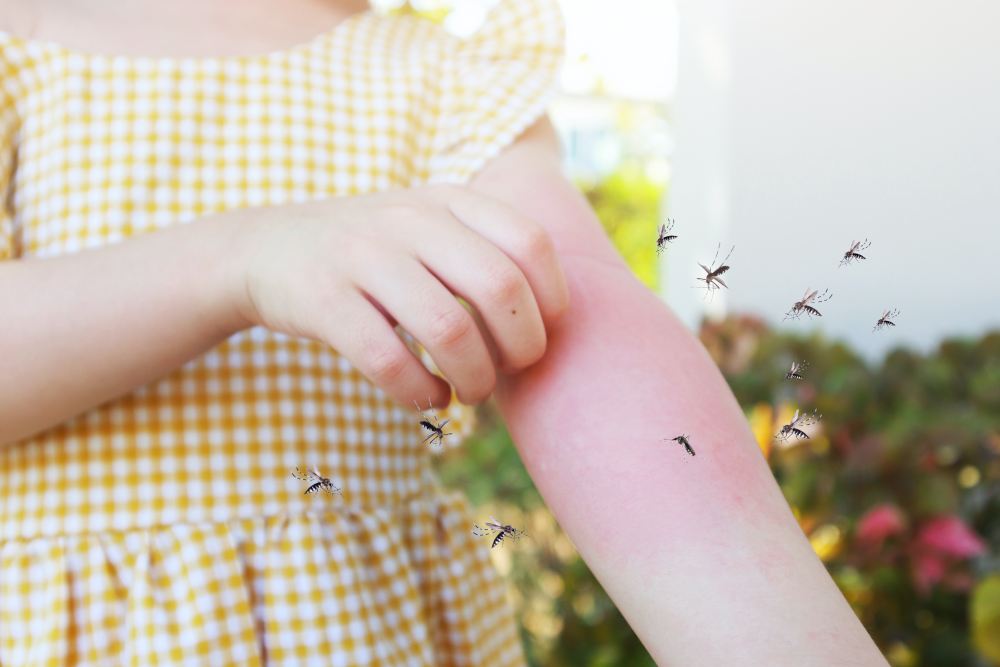Insect stings, such as those from mosquitoes, ticks, hornets, bees and wasps, can be painful and uncomfortable for the person stung, but usually cause only temporary discomfort. Most often, there will be swelling, redness, itching, tenderness or pain at the injection site.
The resulting discomfort can last from a few hours to a few days and usually resolves on its own. However, multiple insect bites can result in a more serious reaction, especially in people who are sensitive to bites or prone to allergic reactions. Sensitive or allergic people may have a more serious reaction that can lead to anaphylactic shock and be life-threatening. Such reactions can be triggered by the stings of non-poisonous and harmless insects.
Insects can be classified as poisonous and non-poisonous. Non-venomous insects usually feed on the blood of animals and humans and sting to feed, while venomous insects sting or bite themselves in defense, releasing venom that can cause significant pain.
When non-poisonous insects sting, they release saliva that contains substances that prevent blood from clotting. This can cause a reaction in the body, resulting in local swelling, redness, mild swelling and unpleasant itching that can last from several hours to several days. Some insects can also transmit diseases. In our area, the most dangerous consequence can be a tick bite, which can rarely transmit Lyme disease or encephalitis. The incubation period for the virus that causes encephalitis is approximately 10 to 30 days. During this period after a tick bite, you should be alert for possible symptoms of this disease, such as headache, fever and nausea. Encephalitis can be life-threatening if not treated promptly.
The injection site should be thoroughly cleaned and disinfected, and itching can be relieved with cold compresses. Medicines are available in pharmacies that can relieve symptoms.
Poisonous insects usually sting as a defense mechanism and release venom. There are no particularly poisonous insects in our area, but bee, hornet and wasp stings can be dangerous for people who are allergic to insect stings.
For a healthy adult, a dangerous amount of venom usually occurs after 50 or more bee or wasp stings. Single stings are usually not dangerous, except for people who are hypersensitive or allergic, or in the case of stings in the oral cavity that can cause suffocation due to swelling of the tongue and throat.
FIRST AID FOR INSECT BITES:
- To calm and soothe a person. If a stinger is visible at the puncture site, remove it. Do this by prying it out with a scraper, such as a credit card or fingernail. Avoid squeezing with tweezers, as this may inject more venom.
- Apply a cold compress to the sting site to reduce or prevent swelling. The poultice should be present for at least ten minutes.
- Thoroughly wash and disinfect the puncture site.
- Avoid scratching, as this can lead to wound infection.
- If pain and swelling persist or worsen, seek medical attention.
- Monitor vital signs, especially in people with allergies. If their condition worsens, call for emergency medical help.
- If a person is bitten or stung in the mouth and there is a risk of swelling of the airway, you can offer the person to suck on ice cubes or drink cold water. If the swelling continues to worsen, call for emergency medical help.



0 Comments